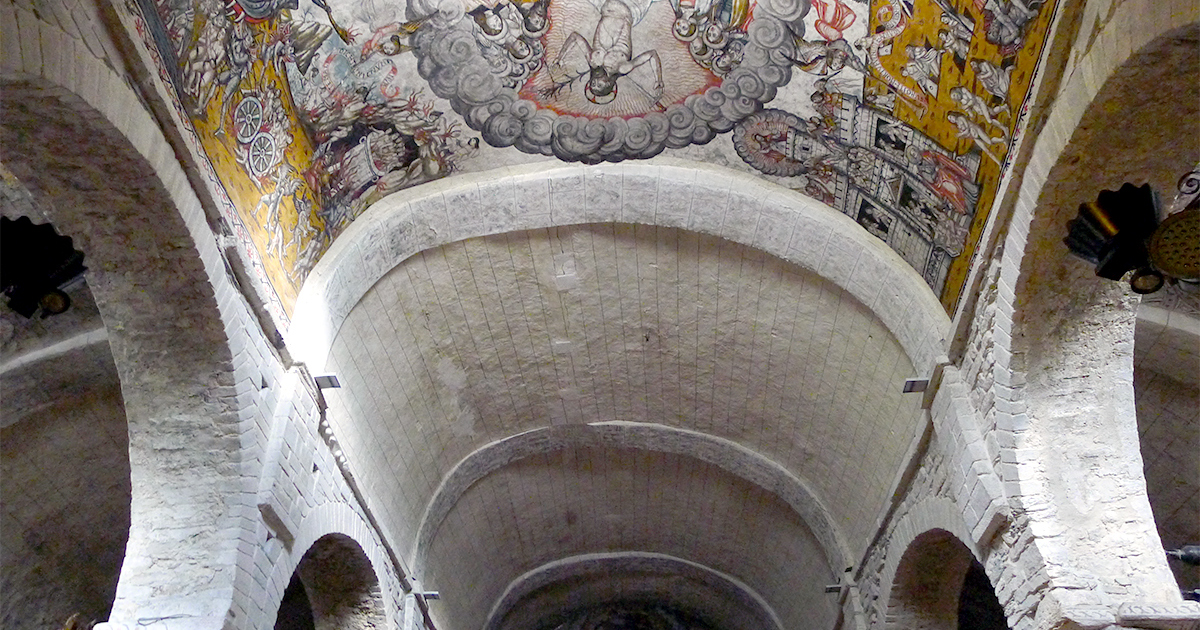Heritage Architecture Sustainable Management: Analysis, Conservation, and Refurbishment
A special issue of Buildings (ISSN 2075-5309). This special issue belongs to the section "Building Structures".
Deadline for manuscript submissions: 30 April 2026 | Viewed by 1481

Special Issue Editors
Interests: construction processes; conservation strategies; building positioning
Special Issue Information
Dear Colleagues,
We are pleased to invite you to contribute to a Special Issue that explores the intersection of tectonics, sustainability, and built heritage conservation. The 20th century brought a paradigm shift in architecture and construction systems, progressively standardizing the use of concrete and steel while moving away from traditional masonry, ceramic, and adobe structures. Tectonics, integral to both engineering and architecture, carries a profound cultural heritage value, embedded in its very etymology.
The contemporary vision of sustainability in the 21st century calls for a reconsideration of past construction principles. Before the rise of avant-garde movements, sustainability was inherent in architectural practice, and revisiting these principles can help minimize climate impact.
This Special Issue aims to foster a critical reflection on tectonics and sustainability as ethical frameworks for intervention in built heritage. Two fundamental concepts will be explored:
- Preserving tectonics through the sequence of temporal decay inherent in construction, as recognized by the Nara Document on Authenticity (1994). This principle is crucial for conservation and restoration, informing the selection of methodologies and technological approaches.
- Reinterpreting fundamental architectural principles derived from geographical positioning, which historically dictated design strategies before the advent of industrial comfort systems.
In this Special Issue, we welcome original research articles and reviews. Topics of interest include, but are not limited to, the following:
- Tectonics as a cultural and historical value in architecture and engineering.
- Conservation and restoration strategies based on material authenticity.
- Sustainability and heritage: lessons from pre-industrial construction models.
- Traditional building techniques and their relevance in contemporary practice.
- Climate-adaptive architecture in historical contexts.
We look forward to receiving your contributions and engaging in a meaningful discussion on these crucial themes.
Prof. Dr. Josep Lluís i Ginovart
Dr. Cinta Lluis-Teruel
Guest Editors
Manuscript Submission Information
Manuscripts should be submitted online at www.mdpi.com by registering and logging in to this website. Once you are registered, click here to go to the submission form. Manuscripts can be submitted until the deadline. All submissions that pass pre-check are peer-reviewed. Accepted papers will be published continuously in the journal (as soon as accepted) and will be listed together on the special issue website. Research articles, review articles as well as short communications are invited. For planned papers, a title and short abstract (about 250 words) can be sent to the Editorial Office for assessment.
Submitted manuscripts should not have been published previously, nor be under consideration for publication elsewhere (except conference proceedings papers). All manuscripts are thoroughly refereed through a single-blind peer-review process. A guide for authors and other relevant information for submission of manuscripts is available on the Instructions for Authors page. Buildings is an international peer-reviewed open access semimonthly journal published by MDPI.
Please visit the Instructions for Authors page before submitting a manuscript. The Article Processing Charge (APC) for publication in this open access journal is 2600 CHF (Swiss Francs). Submitted papers should be well formatted and use good English. Authors may use MDPI's English editing service prior to publication or during author revisions.
Keywords
- construction methods
- intervention criteria
- construction analysis
- diagnosis
- methodologies
- reuse of elements
- natural ventilation
- orientation
- active and passive energies
- exterior enclosures
Benefits of Publishing in a Special Issue
- Ease of navigation: Grouping papers by topic helps scholars navigate broad scope journals more efficiently.
- Greater discoverability: Special Issues support the reach and impact of scientific research. Articles in Special Issues are more discoverable and cited more frequently.
- Expansion of research network: Special Issues facilitate connections among authors, fostering scientific collaborations.
- External promotion: Articles in Special Issues are often promoted through the journal's social media, increasing their visibility.
- Reprint: MDPI Books provides the opportunity to republish successful Special Issues in book format, both online and in print.
Further information on MDPI's Special Issue policies can be found here.






